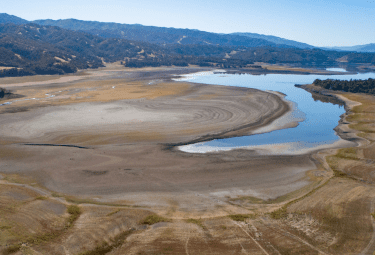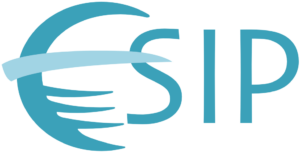Welcome to the new ESIP website!
Livestock identification, traceability and a thing called agvocacy
Yes, you read that right – Agvocacy. It is a conglomeration of agriculture and advocacy. A term coined by a farmer in Ohio to put a name to an activity that is happening right now via social media outlets.
AgChat, a foundation to support dialogue and interaction among farmers in the online environment provides a good definition for the term – as a channel to engage consumers and to connect groups of individuals who feel strongly about specific aspects of agriculture enabling them to organize, spread messages, and tell personal stories (AgChat, 2014; Stanley, 2011).
And while the term may seem a far cry from meaningful in the day to day grind of a small farmer, or the data scientist for that matter, the implications of agvocacy go a long way to understanding concepts of outreach, design, and traceability.
In my dissertation research I've been focusing on livestock (cattle specifically) identification information tools and services for small-scale farmers in the United States. Why this and why now? There are several reasons:
● The cattle tracking system that we have in the US just changed in 2013 from a voluntary system to a less complex mandatory system to monitor interstate movements of cattle.
● The FDA has recently implemented a voluntary program to monitor the removal of antibiotics from cattle feed.
● Food Security (agro-terrorism) is a concern for all consumers and there is increasing demand for transparency of the source of our food
● And finally… and the one I want to stress here is the impact of the cattle industry on the future global sustainability.
How does the ability to trace cattle matter for sustainability? And how does this involve the small-scale operation?
First, small farming is actually bigger than we often imagine. Almost 90% of all farms in the US are small farms, and in Tennessee, where I live, 95% of the cattle are produced by small-scale farmers before they go to the larger feedlot and slaughter facilities. So monitoring the practices of feeding, raising, and care of animals for consumption ultimately stems from the traceability of an animal from the small-scale producer.
Second, as I learned in an agroecology class this semester, feeding the growing global population and finding renewable resources for the implementation of biofuel will mean that crop choices for biofuels (ie: corn or switchgrass) and feed choices (ie: corn finished versus grass finished) for livestock will need to be monitored and recent research in sustainability suggests that primary crops for such practices should not overlap with crops for direct consumption. Other aspects of land-use and manure management for cattle farming also come into play that indicate that data creation at the small scale production level and input from farms across the nation will be integral to understanding wider impacts that current farm level practices have on the larger environment.
So where does agvocacy fit in? Social media use in the case of an issue such as federal regulation of livestock identification and tracking practices provides a space for what is known in communication studies as rational discourse (Habermas, 1984; Hansen, Berente, & Lyytinen 2009) and it also allows for us as researchers to study how farmers are using technology to interface with information… And are farmers using social media? You bet!
Here is a sample of agricultural online social networks/ media outlets:
agChat: http://agchat.org/
e-agriculture: http://www.e-agriculture.org/
FarmTime: http://www.farmtime.com/
Agriville: http://www.agriville.com/
Farms.com: http://www.farms.com/
So traceability works conceptually on multiple levels as it pertains to tools and services for livestock producers as they interface with stakeholders on current issues.
Traceability functions as a full view of the practices of the cattle producer, it functions through social media as a way to view multiple perspectives from multiple stakeholders (e.g.: we can trace a tweet and all the comments), and traceability informs our understanding of how small practices relate to larger visualizations at the climate level.
References:
Habermas, J. (1984). The theory of communicative action: Reason and the rationalization of society. Boston: Beacon Press.
Hansen, S., Berente, N., and Lyytinen, K. (2009). Wikipedia, Critical Social Theory, and the Possibility of Rational Discourse 1. The Information Society, 25(1), 38-59.
Stanley, S. (2011) Harnessing Social Media in Agriculture, Report: Nuffield.org. Accessible from: http://www.nuffield.org.nz/reports/report-details/item/harnessing-social-media-in-agriculture/




